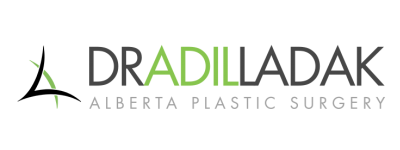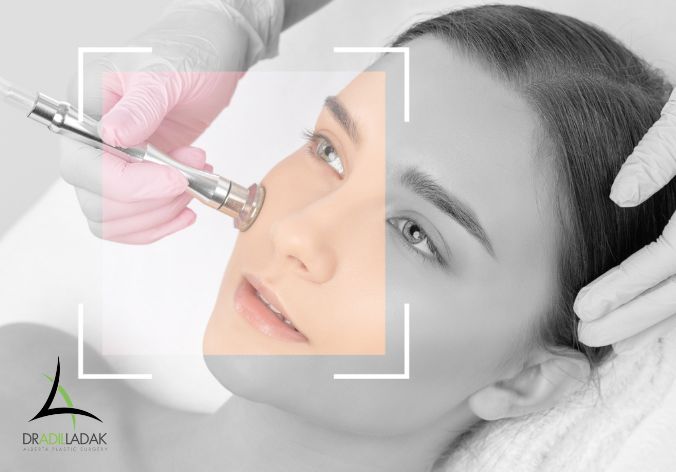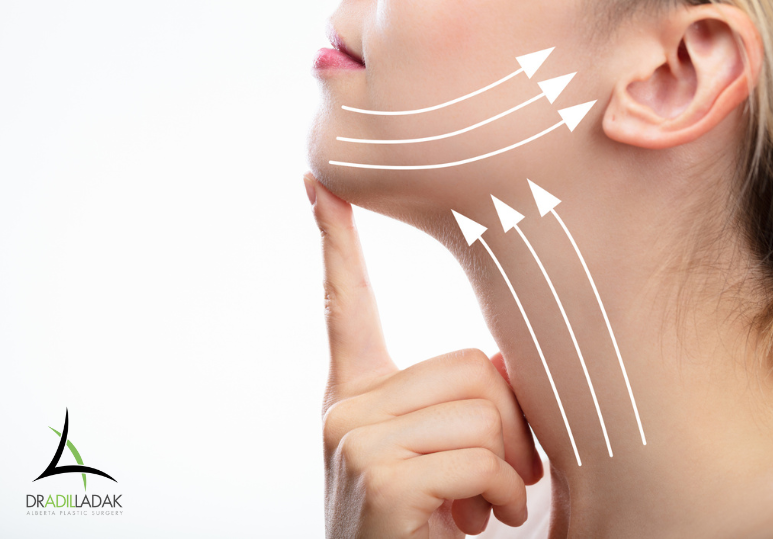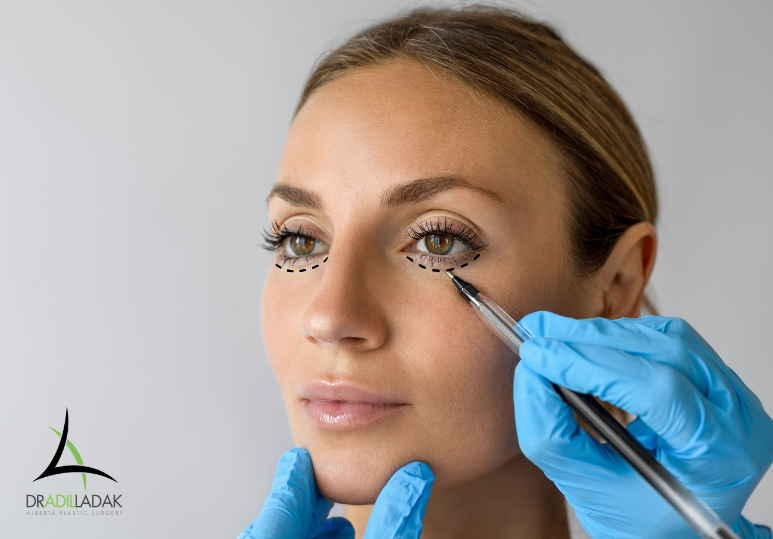The aesthetic medicine industry is currently experiencing a paradigm shift towards embracing diversity and inclusivity in its practices. This significant change reflects a broader societal acceptance of individual uniqueness and the rejection of a singular beauty standard. The industry's move towards more personalized and inclusive procedures is a testament to its commitment to celebrating every individual's distinctive characteristics. This involves offering treatments tailored to the specific needs of individuals, adjustments in traditional procedures to respect ethnic backgrounds, and providing a wide range of non-surgical options to cater to different skin types and beauty ideals. Here's a deeper look into these transformative practices.
Technological Advancements Fueling Innovation
Technological advancements play a crucial role in the evolution of aesthetic treatments. Cutting-edge technologies such as AI and 3D imaging are being leveraged to simulate outcomes and create more precise treatment plans. These tools enable practitioners to provide a visual representation of potential results, thereby facilitating a more informed decision-making process for the client. Moreover, innovations in laser technology and regenerative medicine, such as stem cell therapies and platelet-rich plasma (PRP) treatments, are expanding the possibilities for non-surgical rejuvenation, offering results that were once only achievable through more invasive procedures.
Sustainability and Ethical Considerations
As awareness of environmental and ethical issues grows, the aesthetic industry is also becoming more conscious of its impact. Sustainable practices are being adopted, from the use of eco-friendly materials in clinics to the development of cruelty-free and organic skincare products. Furthermore, there is an increasing emphasis on ethical practices, ensuring that treatments are not only effective but also safe and responsibly administered. This shift towards sustainability and ethics resonates with a consumer base that is increasingly concerned with the ecological footprint and moral implications of their beauty choices.
The Digital Influence on Aesthetic Choices
The digital age has significantly influenced client expectations and preferences in aesthetic medicine. Social media and digital platforms have not only made information about aesthetic procedures more accessible but have also shaped beauty standards and trends. This digital exposure has led to an increase in demand for certain procedures, influenced by viral trends and the desire for 'selfie-ready' results. However, aesthetic professionals are tasked with the responsibility of managing expectations, providing education on the realistic outcomes of procedures, and emphasizing the importance of natural beauty and self-acceptance.
Holistic Approaches to Aesthetic Wellness
Aesthetic medicine is increasingly incorporating holistic approaches that address not only physical appearance but also overall well-being. This includes the integration of nutritional counseling, stress management techniques, and lifestyle advice into treatment plans. By adopting a more comprehensive approach, practitioners are acknowledging the interconnectedness of physical appearance and mental health, emphasizing that true beauty stems from within.
The Role of Customization in Treatment Success
The cornerstone of modern aesthetic medicine is the ability to tailor treatments to the individual. Customization extends beyond the initial consultation, with ongoing assessments and adjustments ensuring that each client's journey is as effective and satisfying as possible. This bespoke approach has significantly improved treatment outcomes, with clients experiencing results that truly reflect their personal goals and enhance their natural beauty.
The Future Directions of Aesthetic Medicine
Looking ahead, the future of aesthetic medicine promises further innovation and personalization. Advances in genetic testing and personalized medicine are poised to offer even more customized skincare and treatment regimens, tailored not just to the individual's lifestyle and preferences, but also to their genetic makeup. This could revolutionize how we approach aging and beauty, making preventive treatments more effective and personalized than ever before.
The shift towards diversity in aesthetic procedures is a clear indication of the industry's evolution to be more reflective of the varied world we inhabit. By focusing on personalized treatments, respecting the ethnic and cultural backgrounds of clients, and expanding the availability of non-surgical options, the field of aesthetic medicine is not just changing appearances. It's fostering a more inclusive environment where everyone's unique beauty is acknowledged and celebrated. As this trend continues, the future of aesthetic medicine looks promising, with a focus on empowering individuals to feel confident and represented in their pursuit of aesthetic enhancements. This inclusive approach is setting a new benchmark for beauty, emphasizing that it is diverse, inclusive, and uniquely personal.
Written on behalf of Alberta Plastic Surgery.
FAQ
Q. Why is cultural sensitivity important in aesthetic procedures?
A. Cultural sensitivity is crucial because it respects and honours the ethnic backgrounds of clients. Procedures like rhinoplasty are adjusted to not only enhance appearance but also preserve the individual's cultural identity, ensuring that treatments align with diverse beauty standards and personal values.
Q. What are the benefits of non-surgical aesthetic options?
A. Non-surgical aesthetic options offer several benefits, including minimal downtime, reduced risk compared to traditional surgery, and the ability to achieve subtle enhancements. These less invasive treatments cater to a wide range of skin types and concerns, providing versatile options for those not ready for surgical procedures.
Q. Can ethnic background influence the choice of aesthetic procedure?
A. Yes, an individual's ethnic background can significantly influence the choice of aesthetic procedure. Surgeons consider cultural and ethnic factors when planning treatments to ensure that the results are harmonious with the patient's inherent features, thus enhancing their natural beauty while respecting their heritage.






